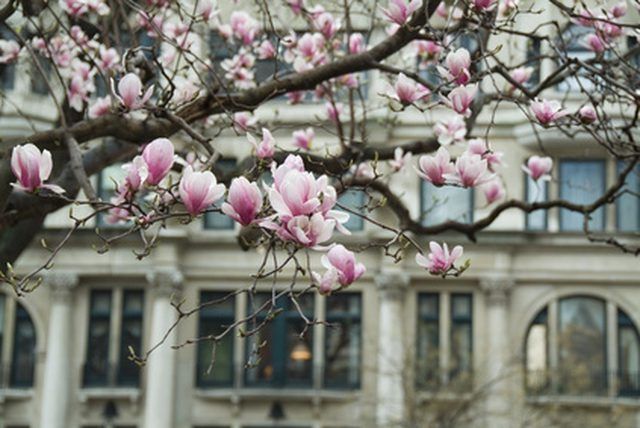Bulbs
Flower Basics
Flower Beds & Specialty Gardens
Flower Garden
Garden Furniture
Garden Gnomes
Garden Seeds
Garden Sheds
Garden Statues
Garden Tools & Supplies
Gardening Basics
Green & Organic
Groundcovers & Vines
Growing Annuals
Growing Basil
Growing Beans
Growing Berries
Growing Blueberries
Growing Cactus
Growing Corn
Growing Cotton
Growing Edibles
Growing Flowers
Growing Garlic
Growing Grapes
Growing Grass
Growing Herbs
Growing Jasmine
Growing Mint
Growing Mushrooms
Orchids
Growing Peanuts
Growing Perennials
Growing Plants
Growing Rosemary
Growing Roses
Growing Strawberries
Growing Sunflowers
Growing Thyme
Growing Tomatoes
Growing Tulips
Growing Vegetables
Herb Basics
Herb Garden
Indoor Growing
Landscaping Basics
Landscaping Patios
Landscaping Plants
Landscaping Shrubs
Landscaping Trees
Landscaping Walks & Pathways
Lawn Basics
Lawn Maintenance
Lawn Mowers
Lawn Ornaments
Lawn Planting
Lawn Tools
Outdoor Growing
Overall Landscape Planning
Pests, Weeds & Problems
Plant Basics
Rock Garden
Rose Garden
Shrubs
Soil
Specialty Gardens
Trees
Vegetable Garden
Yard Maintenance
Will Magnolia Tree Roots Damage Home Foundations?
Will Magnolia Tree Roots Damage Home Foundations?. Magnolia trees are famous for their pink or white flowers, making a popular choice for home landscapes. But many species can grow to large sizes, with wide root spreads. Magnolias are not commonly known to cause serious foundation problems, but there are some issues that can develop with trees...

Magnolia trees are famous for their pink or white flowers, making a popular choice for home landscapes. But many species can grow to large sizes, with wide root spreads. Magnolias are not commonly known to cause serious foundation problems, but there are some issues that can develop with trees planted close to house walls.
Types
Magnolia refers to a genus of flowering plants. The term magnolia tree covers several different larger magnolia species. These include deciduous sweetbay, star magnolia, saucer magnolia, cucumbertrees and bigleaf, which all lose their foliage in winter. Evergreen magnolias that keep their leaves year-round include the magnolia grandiflora, a common magnolia tree in states from Texas to Florida and also known as the Southern magnolia, little gem magnolia or bull bay. All of these magnolia trees can grow to large sizes.
Root System
Many magnolia trees have a wide root system that stretches out as much as four times the width of the tree canopy, according to the University of Florida. Magnolia tree roots are not considered as invasive and potentially destructive as some root systems. But their large spread can affect weak foundations.
Height and Growth Rate
Southern magnolia trees grow slowly, at a rate of approximately 12 inches each year, according to the Urban Forestry Ecosystems Institute. They frequently grow to more than 20 feet tall and have been recorded at up to 80 feet. Large magnolia trees can indirectly lead to foundation problems if they shield a house wall from sunlight and create damp conditions.
Moisture
Root systems seek moisture from the ground. If the ground is very dry for a long period of time, roots can shrink. In exceptional cases, this can pull soil away from around a home foundation, according to the Morton Arboretum. A very large magnolia tree root mass can also draw water away from home foundations.
Expert Insight
Roots are unlikely to cause direct damage to home foundations, according to the Morton Arboretum. However, it is possible that small roots can invade cracks that are already present. Extensive root systems that grow beneath shallow house structures can cause some uplift, according to the University of Washington Botanic Gardens.